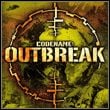STALKER Wasn't GSC Game World's First FPS. Codename Outbreak Brought Something Fresh to Shooter Genre
A few days before the release of S.T.A.L.K.E.R. 2: Heart of Chornobyl, it's worth remembering one of the earlier FPS from the GSC Game World studio. Codename: Outbreak laid the groundwork for adventures in the Zone.
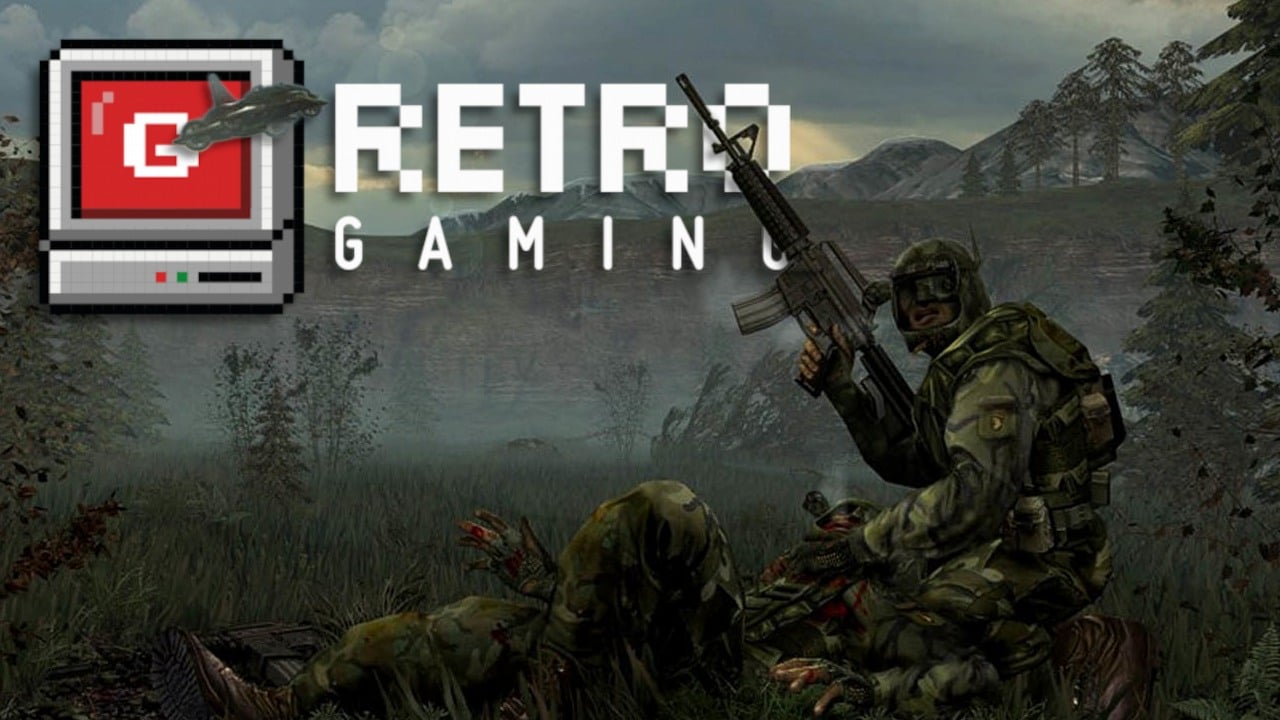
The GSC Game World studio has gained worldwide fame thanks to brands such as S.T.A.L.K.E.R. and Cossacks. However, the adventure set in the Chornobyl Zone wasn't the first FPS from this Ukrainian studio. In 2001, the team released Codename: Outbreak (in Ukraine called Venom: Codename: Outbreak), a title that attempted to approach the theme of tactical shooters in its own, original way. Let's check what ideas GSC Game World studio had before they decided to tell Stalker's story.
Guests from outer space
The story told in Codename: Outbreak didn't surprise with sophisticated ideas. We got a tale about a comet, a fragment of which broke off and fell to Earth (or, to be precise, to the state of Montana). Along with it, alien life forms arrived on the blue planet, which neither the scientists sent to the site of the impact, nor the police units, nor even the elite commandos were able to cope with. Ultimately, the investigation of the case and dealing with the threat fell to the second group of soldiers, which we led during the game.
Extensive preparations
Codename: Outbreak wasn't a game for those who loved rushing into a fight with a battle cry on their lips. It was evident from the briefing before the first mission that the game would reward prudence and caution. The title allowed us to select members of the unit, each of whom had an individual specialization and their own set of strengths and weaknesses. The key to success was to compose the commando duo in a way that would enable it to handle its assigned duties as well as possible.
Similar was the case with the selection of suits that our soldiers wore. The missions took us to various corners of the world: from the forests of Montana to the Kuril Islands, and thus to forest, desert, and urban environments. In each of these last ones, a different camouflage was useful. Besides, before starting the action, we could choose the time of day we wanted to enter the fight, as well as set the difficulty level.
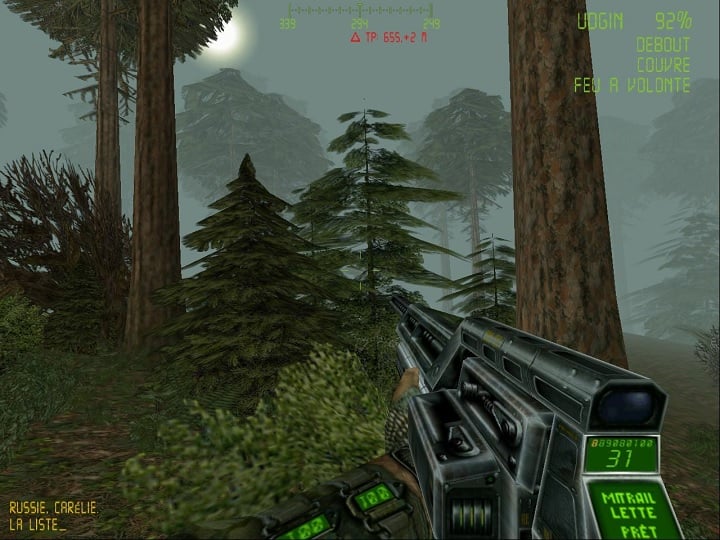
One gun to rule them all
The game took place in locations with an open structure, which we could freely explore. In carrying out the missions set before us, we had to be constantly vigilant, as danger literally lurked everywhere. In addition to encountering frightening creatures, we also came across soldiers armed with guns, as the aliens were capable of taking control of humans.
And speaking of weapons, the developers had an unusual idea for our arsenal. Instead of a wide range of different tools, we received one multi-purpose gun. Operating in various modes, it could be a machine gun or a sniper rifle, a rocket launcher, and even a laser. Furthermore, we could also use a night vision device, among other essential items for night missions.
The directional microphone deserves a separate mention, as this device allowed us to hear the enemy even before we were able to see him. During the game, there were more than one or two situations in which skillful use of it on the battlefield saved our skin.
Slowly, but forward
As it happens, the aforementioned skin-saving played a leading role in the game of GSC Game World. Codename: Outbreak wasn't the easiest title. Our opponents not only outnumbered us, but they also behaved quite strategically, hiding behind cover, calling for reinforcements, or even resorting to escape when things weren't looking good. For this reason, the key to success was looking around and listening, as well as calmly gaining ground. The game could be considered a stealth game, taking advantage of opportunities to sneak behind enemies or quietly eliminate them using the virtually silent laser.
Fortunately, we always had a companion by our side willing to carry out our orders. An alternative approach to issuing orders involved switching between team members and taking care of everything by yourself. Besides, Codename: Outbreak offered a co-op mode, which significantly increased the game's longevity and fun of playing.
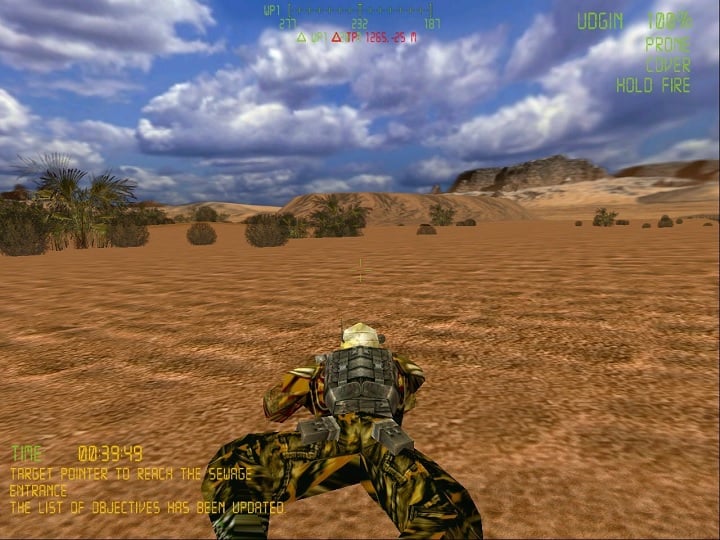
Ground level problems
But did we always work as a team? Well, almost always. If one of our squad members died on the battlefield, there was no way to revive him. We felt the consequences of such a death until the very end of the game, as we looked at the portrait of our fallen companion, marked as "killed in action." However, if the duo successfully completed a given mission, then its members developed their skills. As you might imagine, the stronger a particular soldier was, the more his loss on the battlefield hurt.
Another interesting feature implemented in Codename: Outbreak was the necessity to manage equipment. Our soldiers had a limited "carrying capacity," the value of which couldn't be exceeded. This issue was complicated by the fact that everything here had its weight - from weapons, through the suit, to the equipment found during the mission, such as healing items. This often puts us in a dilemma about what to take with us on the journey ahead and what to get rid of.
"Protostalker"
Codename: Outbreak was well-received upon its release not only due to a variety of interesting features but also because of its high-quality visual presentation. In the reviews, the environments in which we had to operate were particularly praised.
In retrospect, it can be said that the game under discussion was, in some respects, a sort of "experimental testing ground" for the upcoming magnum opus of GSC Game World, namely the S.T.A.L.K.E.R. series. The open map structure, the need to manage soldiers' equipment, and the emphasis on complicated actions make this title a kind of prototype for Shadow of Chornobyl and its sequels, even though it lacks motives related to space threats or team battle mechanics.
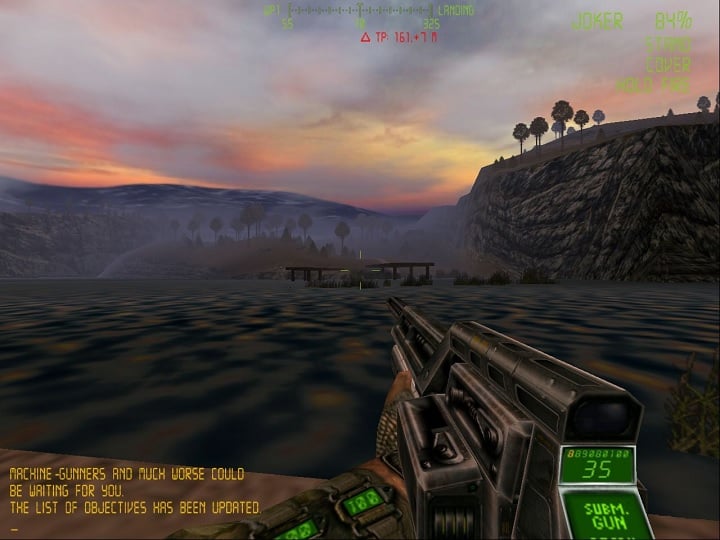
What happened next?
Codename: Outbreak wasn't a great artistic success. The game received an average rating of 55/100 (according to Metacritic). Nonetheless, players were more gracious towards this title.
GSC Game World, however, didn't give up. While releasing more strategies and atypical titles such as the futuristic racing game titled Hover Ace and another FPS called FireStarter, the company was also working on its biggest project to date. After the release of S.T.A.L.K.E.R.: Shadow of Chornobyl, nothing was the same as before... but that's a topic for another story.
How to play Codename: Outbreak today?
At the time of writing, Codename: Outbreak is available on GOG.com for $5.99. However, a used copy in a box can be bought for less than 3 bucks.
- There is a surprising story behind one of the more colorful FPSs in history. No One Lives Forever' success was influenced by the „Bond” problem
- The end of cases in CS2? Valve's new move suggests a quiet revolution in the game's economy
- All about Battlefield 6 (BF6) ''Connecting to Online Services'' issue
0

Author: Christian Pieniazek
Started working with Gamepressure.com in August 2016. Although the Game Encyclopedia has been his pride and joy from the beginning, he also writes for the Newsroom and the Editorial section. Gained professional experience through a now-defunct service, in which he worked for almost three years. Graduated in Cultural Studies at the AGH University of Krakow. Runs his own business, jogs, cycles, loves mountain hiking, is a fan of nu metal, is interested in space, and of course, enjoys playing games. Feels best in action games with an open world and RPGs, although won't turn down good racing or shooting games.
Latest News
- „They're a bit outdated.” Baldur's Gate 3 director warns those who want to „prepare” for Divinity by playing older installments
- „It's an unimaginable loss.” Gaming industry reacts to the death of Vince Zampella, one of the fathers of modern first-person shooters
- Fallout 3 was described as „Oblivion with guns” and the studio decided to bet on this instead of fighting it
- 2 historic Fallout games available on Amazon Prime Gaming
- Sony is alarming players with an idea that seems to be taken straight from Black Mirror. It's about censoring video games in real time
